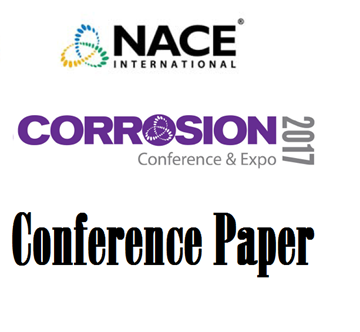Search
51318-10844-Laboratory and Field Investigation of the Effect of the Chemical Environment on AC Corrosion
Also Purchased
AC Interference and Mitigation: Heartland Case Study
Product Number:
51317--9461-SG
ISBN:
9461 2017 CP
Publication Date:
2017
$20.00
The AC Close Interval Survey and Other Common AC Measurement Errors
Product Number:
51317--9455-SG
ISBN:
9455 2017 CP
Publication Date:
2017
$20.00
51318-10911-Field Examination of AC Accelerated Corrosion Featured in Monitored Locations
Product Number:
51318-10911-SG
Publication Date:
2018
$20.00




